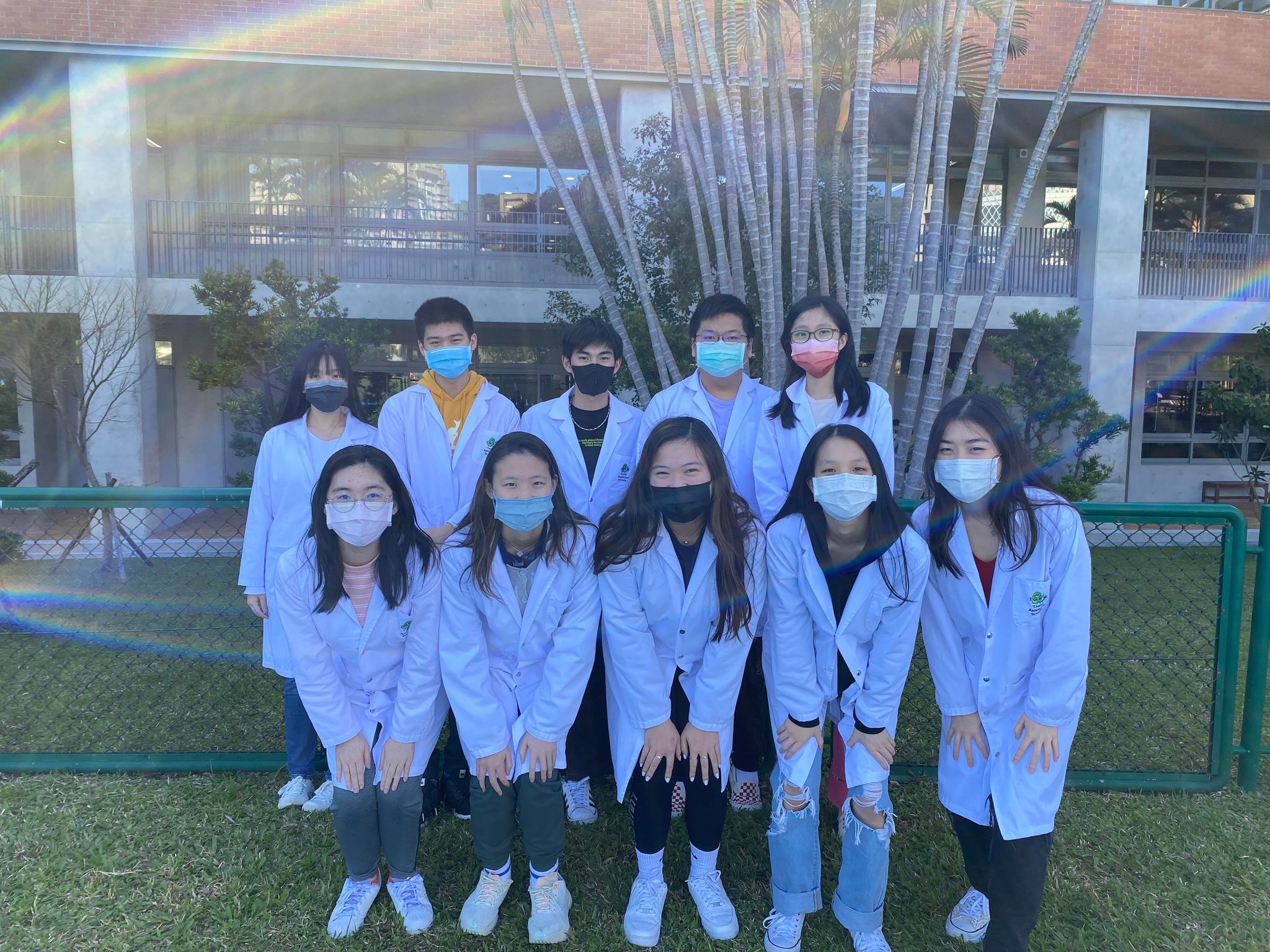Human breast milk is the main source of nutrition for infants, providing antibodies for immunity and the ability to reduce the risk of diseases. However, the US Environmental Protection Agency has found instances where heavy metals, such as lead and nickel, were present in breast milk with levels above tolerable limits by 54% and 12% respectively. Infants who drink breast milk containing heavy metals have higher risks for health complications such as neurological impairment and kidney failure. Therefore, we aim to create a filtration system that utilizes ion transporter proteins to bind and remove specific heavy metals from breast milk. Fluorescent indicators and spectrophotometric analysis will be used to measure heavy metal concentrations and analyze the proteins’ binding effectiveness. We will place bacteria, which express heavy metal binding transmembrane proteins, into a breast milk pump prototype to bind to and remove heavy metal ions found in breast milk. Our final product can then be used by breast-feeding mothers who live in areas with poor food or water safety regulations and high levels of air pollution where they are susceptible to the exposure of heavy metals.

Filteristic Milk: Heavy Metal Filtration of Breast Milk
School
Taipei American School
Taipei, Taiwan
BioBuilderClub Season
2021-2022 Season
Category
Resources